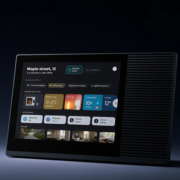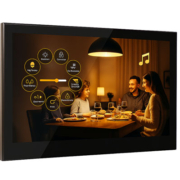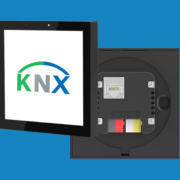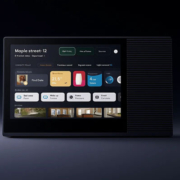Building Smart Home Control Panel in 2026
As we step into 2026, the evolution of smart home technology continues to redefine how people interact with their living and working spaces. At the heart of this transformation lies the smart home control panel — an intelligent interface that connects lighting, HVAC, security, entertainment, and automation systems into one seamless experience. Building a future-ready smart control panel in 2026 requires a balance of advanced hardware, flexible software, and deep integration with the IoT ecosystem.
1. The Evolution of Smart Home Interfaces
Over the past decade, smart home systems have evolved from app-based controls to wall-mounted touch panels that offer intuitive, centralized management. In 2026, homeowners and commercial users expect more than just convenience — they want adaptive interfaces that are fast, visually appealing, and capable of interacting with AI assistants like Alexa, Google Assistant, or Matter-compatible devices.
Modern panels are not only display devices; they are powerful computing hubs that process data locally for better privacy, lower latency, and greater customization.
2. Hardware Foundations: Performance Meets Efficiency
The foundation of a reliable smart home control panel lies in its hardware design. By 2026, manufacturers are leveraging powerful yet efficient processors such as Rockchip RK3566/RK3568 and RK3576, which balance performance and energy consumption.
Portworld, a professional OEM/ODM manufacturer, provides a range of Android- and Linux-based control panels — from 5.5-inch compact units (YC-SM55P) to 10-inch high-brightness panels (YC-SM10P) and 14-inch large-format models (YC-SM14P). Each device integrates:
- Quad-core ARM Cortex-A55 CPU
- PoE (Power over Ethernet) for simplified installation
- Wi-Fi 6 and Bluetooth 5.2 connectivity
- Capacitive IPS touchscreen for smooth and responsive control
- Wall-mount design compatible with 86-type electrical boxes
These panels are optimized for 24/7 operation, ideal for both residential and commercial automation systems.
3. Software and OS Flexibility
A defining trend in 2026 is software adaptability. Instead of being locked to a single smart home ecosystem, integrators and developers prefer open platforms. Portworld supports Android 11, Ubuntu, and Debian, along with customizable SDK/BSP support for developers.
This allows users to:
- Develop custom control UIs or dashboards
- Integrate third-party smart home protocols (KNX, Zigbee, MQTT, Modbus)
- Enable cloud or local data synchronization
- Customize brand identity for OEM/ODM requirements
By combining hardware and firmware flexibility, manufacturers can tailor each control panel for different industries — from smart homes to offices, hotels, and industrial HMI systems.
4. The Role of AI and Voice in 2026
AI-driven automation will be a defining feature of 2026 smart homes. Smart panels will move beyond simple scheduling to predictive control, learning user behavior through pattern recognition.
For instance, the system might automatically adjust lighting and temperature based on occupancy patterns, or sync with voice assistants for natural control. With edge computing capabilities built into Portworld’s embedded boards, these features can run locally without depending on the cloud — ensuring privacy and reliability.
5. OEM/ODM Customization for Global Markets
Every brand and market has unique needs — from UI design to communication interfaces. That’s where Portworld’s OEM and ODM solutions come in. The company offers:
- Custom PCB and mainboard design
- Casing, branding, and screen size customization
- Firmware development and integration
- Support for both consumer and industrial standards
This flexibility enables global partners to quickly deploy localized smart control panels for various use cases such as:
- Smart home dashboards
- Building automation
- Hotel room terminals
- Smart office and meeting room controllers
By 2026, smart home control panels will no longer be just wall-mounted tablets. They will evolve into AI-powered interaction hubs — capable of bridging homes, offices, and cities through IoT intelligence. Integration with renewable energy systems, facial recognition access control, and cloud synchronization will become standard expectations.
Portworld’s continuous innovation in embedded systems, combined with its strong OEM/ODM manufacturing capacity, positions it as a trusted partner for brands seeking to build the next generation of smart home control panels.









